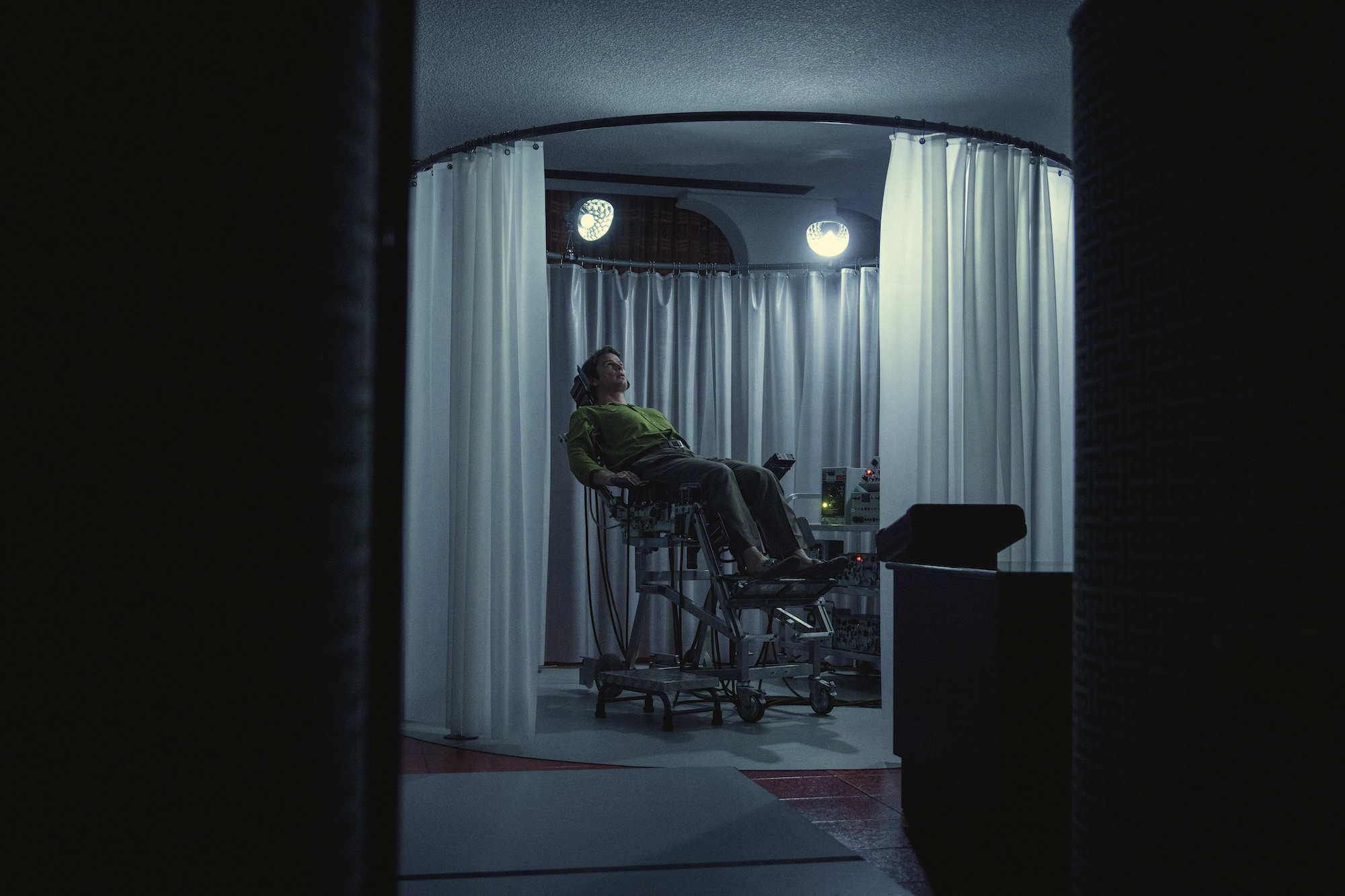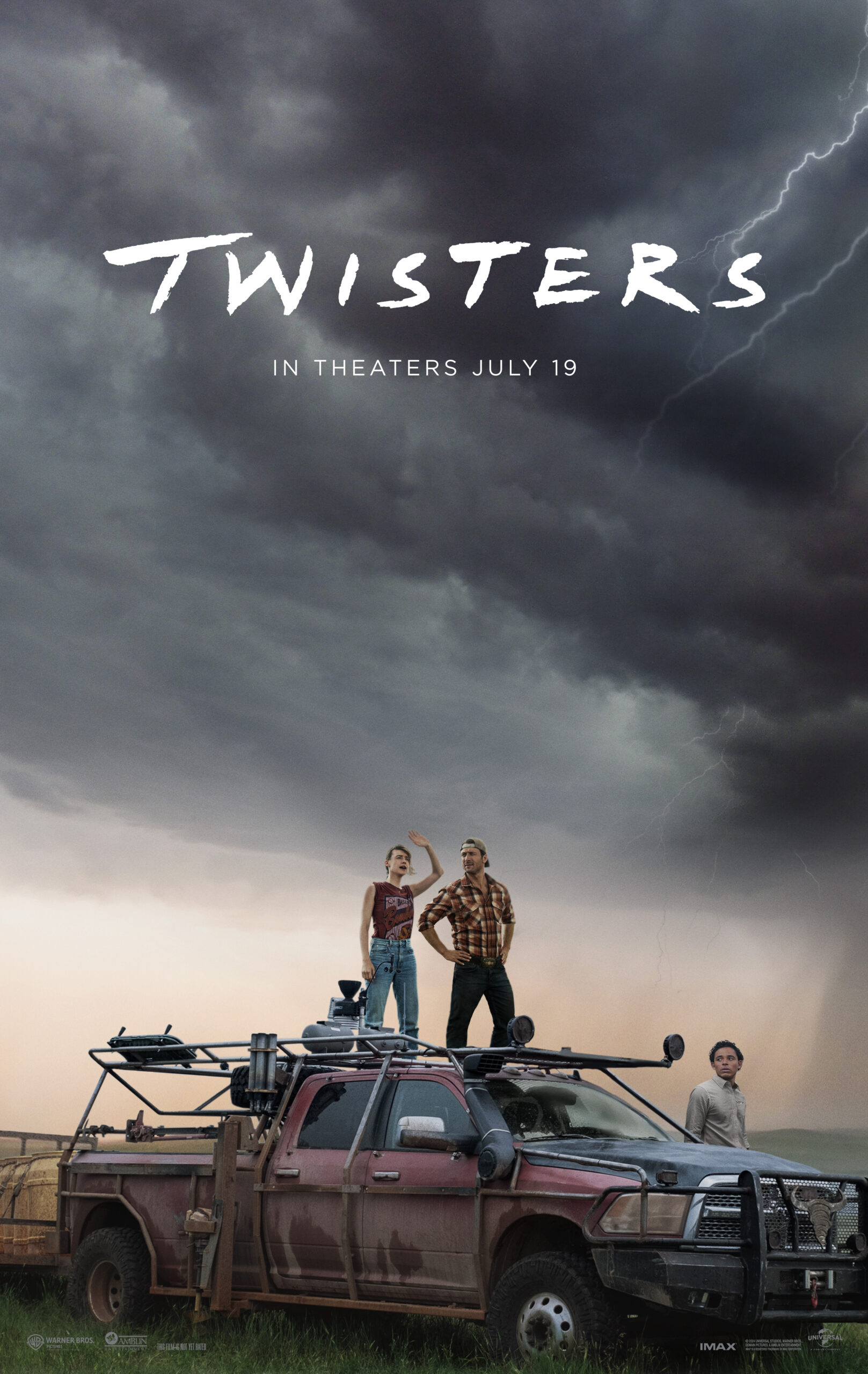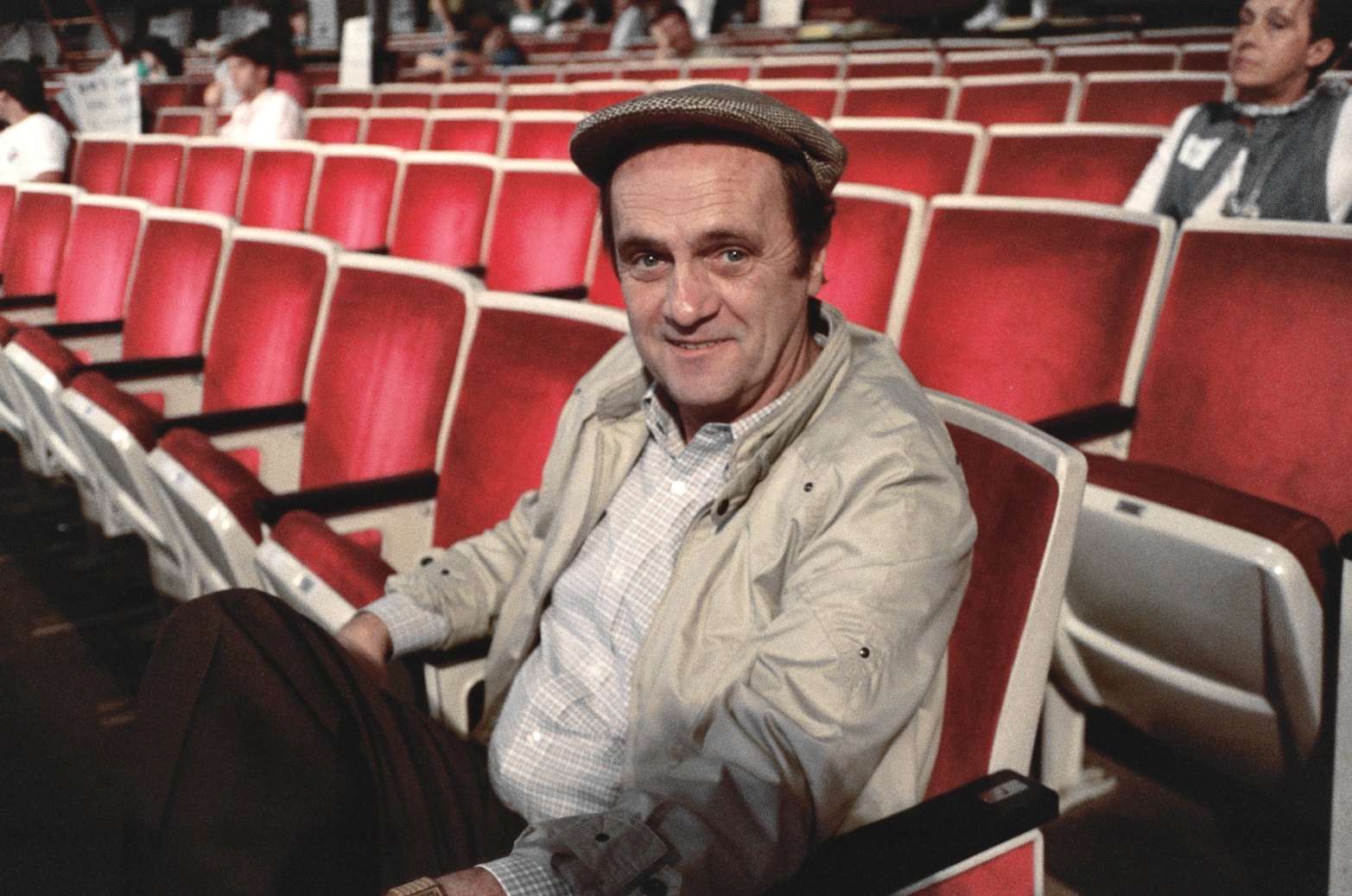The anthology series “Black Mirror,” known and lauded for its cultural commentary, released a highly anticipated sixth season on June 15.
This review contains spoilers for season six of “Black Mirror.”
With episodes jumping from deepfakes to true crime, the sixth season of “Black Mirror” tackles how people engage with the world around them — but loses track of central themes underneath a useless commitment to shock value.
The season opener “Joan is Awful” follows corporate go-between Joan as she discovers her life has been turned into a drama for the fictional streaming service Streamberry starring a deepfaked version of Salma Hayek. The series mirrors Joan’s life, highlighting her worst moments and portraying her as a more malevolent version of herself, one unworthy of grace or forgiveness.
At the end of the episode, the world of the show is revealed to be a Matrix-style simulation with different versions of Joan — there is a “Source Joan” out there and the version of Joan played by Murphy is shocked to find out she isn’t this original Joan.
The episode’s final twist couldn’t be explained without a whiteboard and a two to three-hour sit-down with writer Charlie Brooker himself. The mechanics of how the layers of the simulation work are explained so poorly the show leaves viewers unclear about what happened and what to take away from the episode’s resolution.
The second episode, “Loch Henry,” tackles its driving question with far more tact. Main characters Pia and Davis begin the episode making a documentary intending to cover a man who protects rare eggs against theft. After Pia is told a story about a series of murders that took place in Davis’ hometown, she convinces Davis to pivot to a salacious true crime story about a serial murderer who lived in Davis’ Scottish hometown.
The episode takes on the ethics of true crime and what it means to distill the trauma of real people into nothing more than clips on an Adobe Premiere timeline. The grisly murders become content and the emotional damage done to the affected families is collateral for Davis and Pia, if not another selling point.
The pair later find out Davis’ parents were heavily involved in the murders and gleeful participants in the torture suffered by the victims. Suddenly, Davis finds himself on the other end of the camera. Viewers get a glimpse of the trailer for a new version of the documentary, made to look like exploitative serial killer documentaries currently flooding streaming platforms.
In the grand scheme of the season and especially following “Loch Henry,” the third episode, “Beyond the Sea,” is largely forgettable. It sticks out in theme and style, eschewing the problems of the present to focus on the story of two astronauts in an alternate version of 1969. For a show that tends to advertise itself on the back of hard-hitting, current social commentary, “Beyond the Sea” feels out of place and out of time.
The fourth episode “Mazey Day” is far stronger. It follows Los Angeles paparazzo Bo as she embarks on a quest to find the actress Mazey Day, who disappeared from set following an LSD-fueled hit-and-run.
Inexplicably, Mazey turns into a werewolf at the end of the episode.
It comes out of nowhere, revealed only seconds before she begins to transform when the audience catches a glimpse of the wolf she hit earlier in the episode, previously believed to be a person. The sudden transformation’s implied metaphor about the monster of fame feels completely lost in the shock of the moment.
This focus on visual shock and horror throughout the season is where “Black Mirror” starts to lose its grip on the story each episode aims to tell. The inherent commentary of each episode starts to fade into the background the more contrived the set-up for the twist becomes.
The first four episodes of the sixth season are focused on some kind of big reveal, such as the different iterations of Joan, Davis’ mother being one of the killers. Other elements of the story that don’t lead to each dramatic reveal fall completely flat, taking the rest of the narrative down with it.
Shockingly, the fifth and final episode is incredible. When contrasted with the rest of an otherwise OK season, the star episode “Demon 79” shines bright. It feels like a missing episode of Neil Gaiman’s “Good Omens” — a “Rogue One” to the series’ “The Empire Strikes Back.”
Nida, a shoe store employee in late ‘70s northern England, accidentally summons a demon who tells her she has to kill three people before May Day in order to prevent the impending nuclear apocalypse she triggered by summoning him. In the process of finding three people to kill, Nida meets a Conservative Party candidate for Parliament who hides his racist anti-immigration policies under the guise of protecting the people of the town she lives in.
The episode suggestively comments on the ways in which alt-right movements slowly intergrate their fascistic ideals into mainstream political discourse. It’s a stunningly clear parable for the dangerous trajectory of the current political landscape, both nationally and internationally.
Half the time, “Black Mirror” is crystal clear about what it intends to say and how it intends to say it. The other half, however, is a never-ending series of sci-fi narrative pitfalls that constantly conflate smart with confusing.
For returning viewers, it’s more of the same. But for new viewers, the antics of the show might be too much to bear for six hours.
“Black Mirror” is available to stream on Netflix.
Featured image courtesy of Daniel Escale/Netflix











